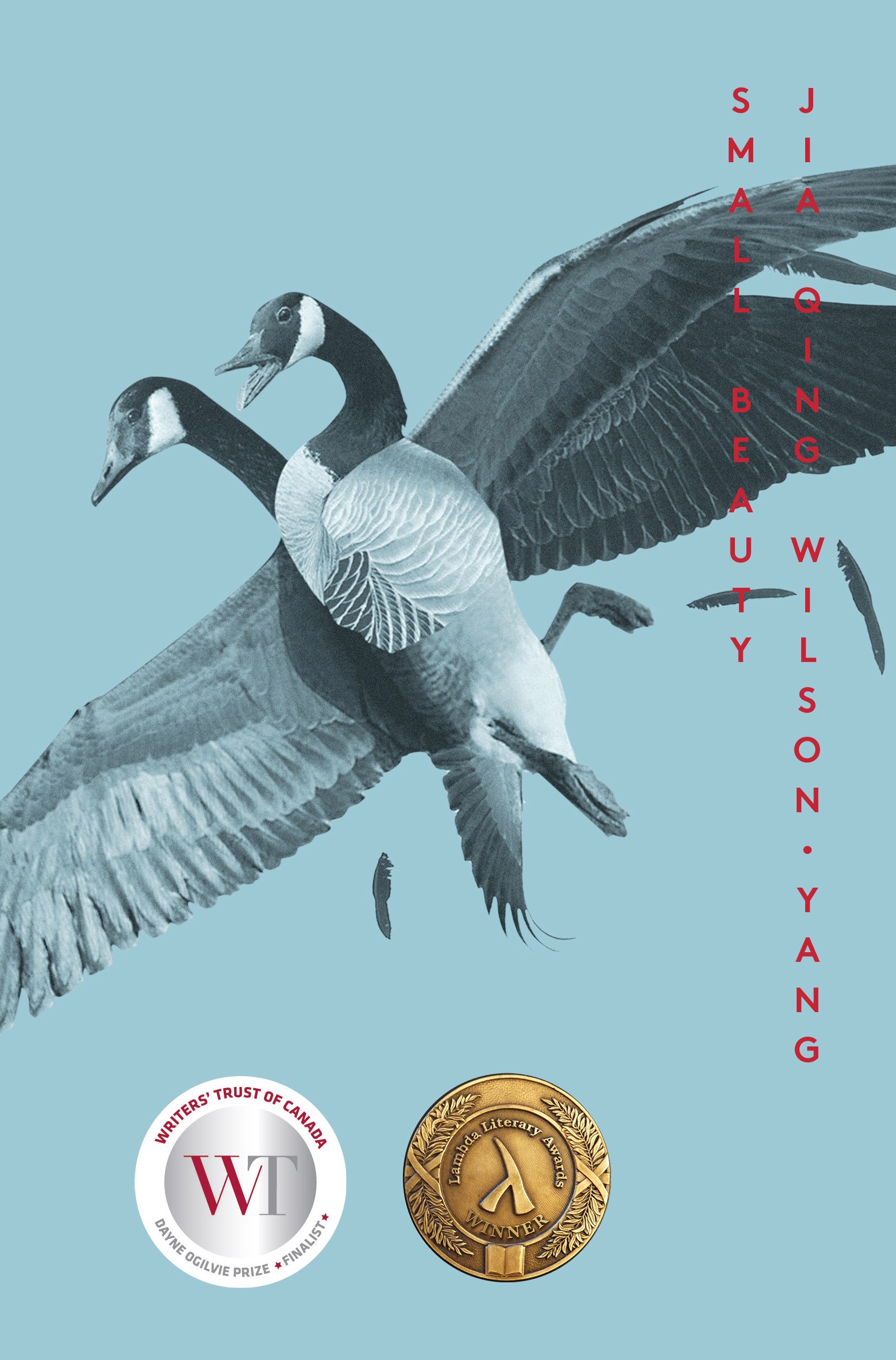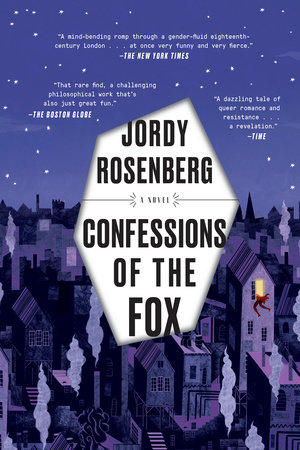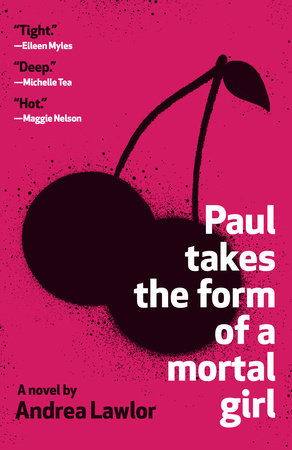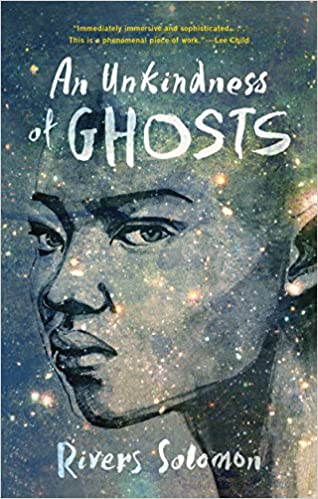The Thirty Names of Night began as an intergenerational story about found family, Arab American history, and the silences of our ancestors. I wanted to write about the borders faced by those who came before us: borders of citizenship, yes, but also of language, conditional whiteness, and gender. I wanted to talk about the performance of assimilation, American racism, and the fraught idea of belonging. I wanted to tell a love story in which love was not synonymous with sacrifice. In a world that rarely affords trans people the luxury of existing in their complexity and wholeness, I wanted to show a person of color stepping out of the binary regime of gender without being forced to choose between their Arabness or Muslimness and their queerness. I wanted to inhabit the glorious stretches of open ocean that lie between the casting off of a birth name and the choosing of a new one.
Racialized gender determines the language with which we learn to talk about not only our own embodiment, but also our dreams and our feelings of if we’re worthy of love and connection. It determines how others perceive us and whether we have control over the choice to be visible—which means that to write as a trans person is to interrogate not only what it means to be human, but also who is granted or denied their humanity. Written out of history, queer and trans people have studied the archives and found ourselves painted over in plain sight. We have written ourselves into the silences, reinventing the machinery of the narrative in order to inhabit it.
These were tasks I took seriously during the writing of The Thirty Names of Night. At the start of the novel, the nameless protagonist scribbles out the name that appears, by force of literary convention, at the top of every chapter. Nadir is aware of the (cis) reader’s desire for his deadname. In a counter-erasure that serves as a foil to the scribbling out of a lover’s name in the diary of the Syrian American bird artist Laila Z, Nadir critiques the reader’s desire for disclosure by refusing to acquiesce to it. There is an intimacy to these crossed-out names, each one hand-scribbled by me, that invites the reader to see Nadir as he sees himself. Through this deliberate objection, Nadir turns a would-be oppressive erasure into the very means of his own liberation. Only there, in the space made by this refusal, can he reclaim his power and name himself.
We are living in a time when trans writers are claiming the space to tell our own stories on our own terms. We are seizing the freedom to interrogate and reject narratives that describe cis people’s experiences of us, rather than our own experiences of ourselves. We want more than performative allyship—we want to speak, in order to shape a future where we might thrive. In the face of record violence against Black and Latinx trans women and increasing legislation criminalizing being trans in public spaces, it is no small thing to write stories about trans joy, complexity, and love. It is an act of defiance to say that trans lives and transness are sacred. The novel is a site of possibility, and in claiming it for ourselves, trans, Two-Spirit, and genderqueer writers—who are creating some of the most exciting and innovative literature of our times—are only just beginning to explore its potential as a tool with which to dream our freedom.
If you’re looking for a place to start, here are six varied and celebrated novels (and one anthology) to read right now.
















